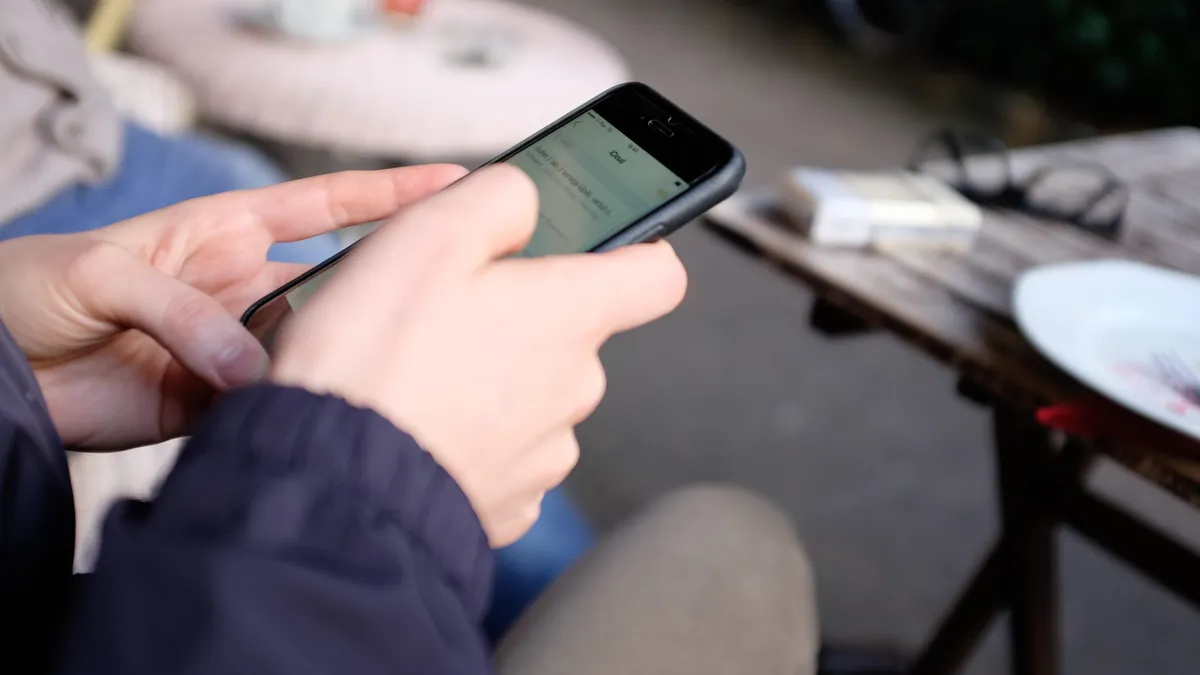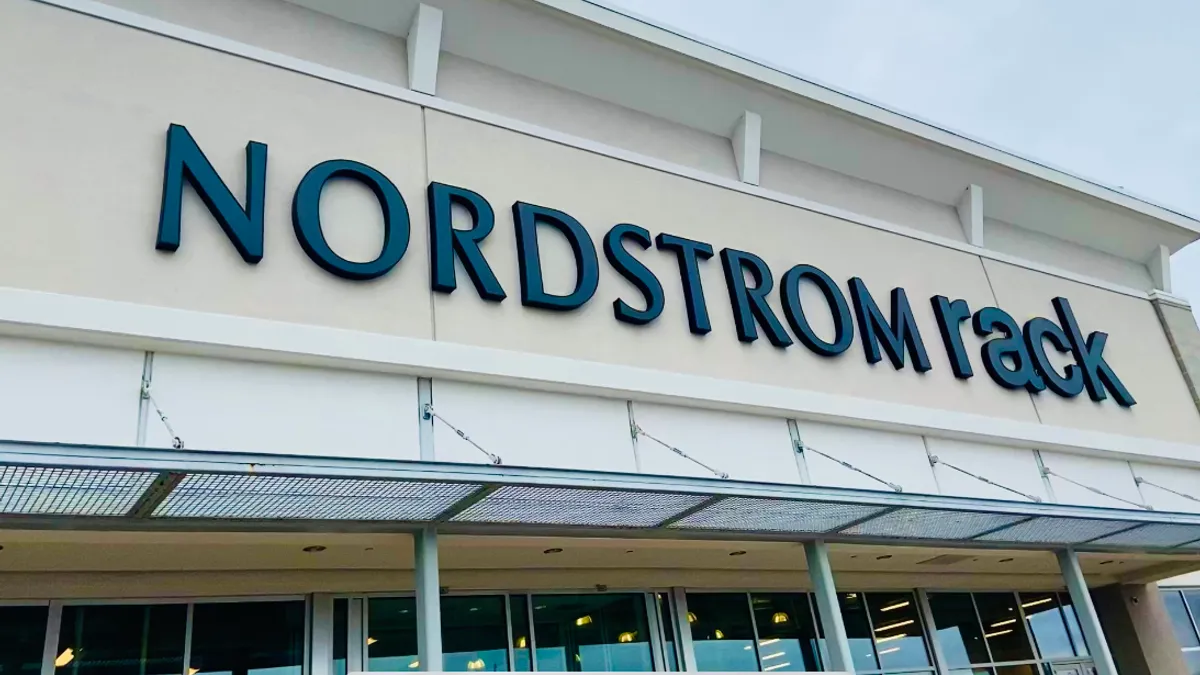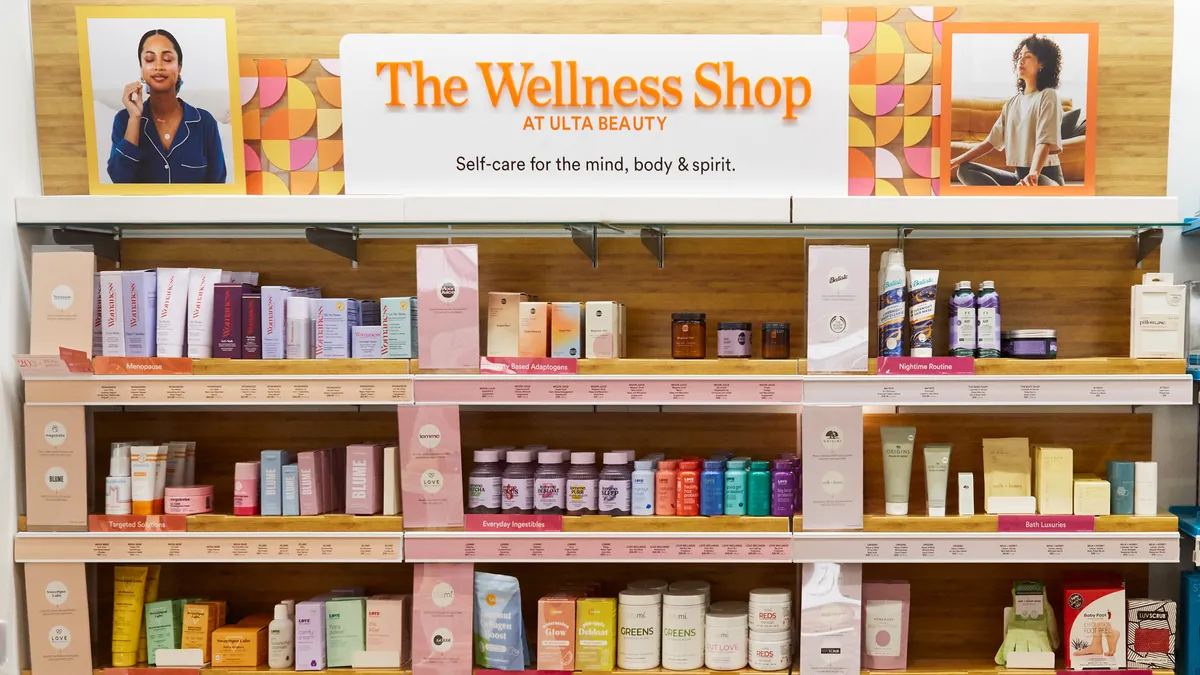In some futuristic scenarios, brands will use facial recognition to customize offers to consumers as they walk by virtual billboards, enter stores or watch mobile video in different locations. Already, some in the marketing industry are considering how to integrate biometrics into more personalized experiences.
About two-thirds of marketing professionals said they expected to see greater use of biometric data to access, personalize, or secure data and services by the end of this decade, according to a survey by WPP’s Essence that sought to measure sentiment about the pandemic’s longer-term effects on advertising. However, the more immediate marketing applications for biometrics are likely to focus on letting consumers protect their personal information.
“Making the decision to tap such personal data fast-tracks an intimate relationship between a brand and consumers,” Mark Viden, senior vice president of brand at nonprofit hospital chain CommonSpirit Health, said by email. “Developing authentic relationships that enable a brand to listen and truly hear and respond to the needs of its stakeholders will always be the safer bet.”
Nuanced mass marketing
Smartphones have helped to familiarize people with using their fingerprints or facial features to identify themselves instead of a passcode. These authentication methods use distinctive biometric data, making them enticing to marketers as they increasingly personalize and automate more of their interactions with consumers.
Aside from using biometrics for consumer authentication, the technology has other applications in engaging mobile users. To coincide with the premiere of Netflix’s hit series “Stranger Things,” pizza delivery chain Domino’s in May introduced a novelty app to let customers place an order with pretend telekinetic powers.
The app used a form of facial recognition and eye-tracking technology with a phone’s front-facing camera to see gestures and head movements. App users not only could move digital objects in a mockup of the sci-fi horror series, but also trigger a pre-set pizza order.
“We are entering a new, more nuanced era of mass marketing where brands will meld into customer experiences, with communications that are more relevant and tailored to the audience and moment,” according to Essence. “Marketers will need to maintain and project consistent brand values at the same time they meet consumer expectations for increasingly personalized messages and experiences.”
Apple’s upcoming passkeys
Biometrics, which have been around for years, could become more widely used later this year when biometric data on Apple’s latest software updates for iPhones, iPads and Macs offer a way for customers to log into different websites or apps without typing in passwords or using a password manager. Instead, Apple devices will generate unique passkeys that can’t be shared and won’t be stored on servers that may be vulnerable to hacking. The passkeys will ask for a fingerprint or facial scan whenever a user wants to log into a secure account, Apple announced last month at its Worldwide Developers Conference.
The sensitive biometric data will be stored on each device instead of being transferred to a central data repository. The arrangement is intended to dissuade massive data breaches since hackers are less likely to target individual devices instead of servers that have the personal data of millions of people.
“If you’re using your mobile phone, it’s really critical to understand that in client-side biometrics when the match happens on your phone, the registration sample never leaves your phone,” Andras Cser, vice president and principal analyst at Forrester said in a podcast discussion about biometrics. “This is a lot safer and there’s a lot less risk around losing your biometric data.”
Apple is among the technology giants that have been working on a more secure alternative to passwords for user authentication. Its passkeys use a standard established by the Fast Identity Online Alliance, an industry group whose members include Google and Microsoft.
With Apple’s history of making technology more accessible to consumers and its massive user base, the introduction of passkeys in iOS 16 or MacOS Ventura can help to advance the adoption of passwordless sign-ins. But consumer habits can be hard to break.
“Changing consumer authentication behavior is actually very hard to do, short of outright financial incentives,” Merritt Maxim, research director at Forrester, said in the podcast. “Even if they [consumers] know passwords are bad and can be compromised, it’s still actually hard to get them to change their habits. We see this with institutions that want to employ biometrics or two-factor authentication.”























